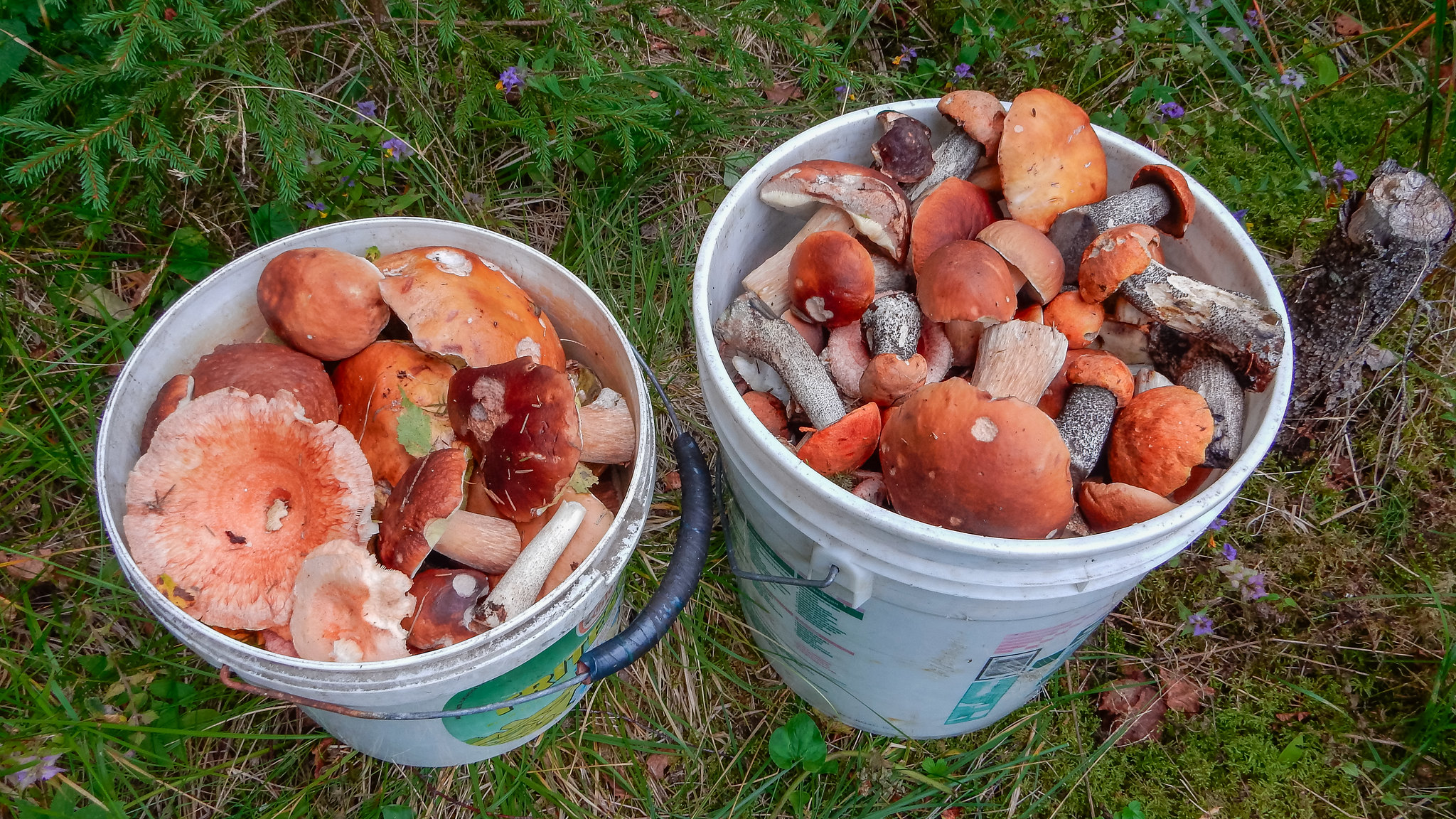Mushroom or berry picking trips with parents or grandparents are an integral part of many of our childhoods
Foraging, i.e. collecting the gifts and consumables from nature without transforming it, was the main way of life for thousands of years, along with hunting. At the same time, the gifts of nature are not only berries, mushrooms, and nuts, but also medicinal and other edible plants. The springtime maple and birch sap, birch bark used for starting a fire, wood for carving, as well as birch whisks, which can be taken to the sauna on Saturday, are also natural resources of our forests.

With the development of agriculture, the collection of natural resources has become increasingly marginalised in many countries and with many peoples. For example, going on mushroom or berry picking trips has disappeared as a tradition in many places and has become a rather exotic way of spending leisure time or even a branch of tourism.
As Estonians, we are used to considering ourselves a forest nation, and mushroom and berry picking with parents or grandparents is an integral part of many childhoods. At the same time, foraging has also been a form of entertainment, a way of having fun together, an opportunity to gather delicious winter stocks, and occasionally also the chance to earn a little extra money. Today, several companies buy the forest products, and the use of domestic forest products in restaurants is a rising trend.
In Estonia, picking mushrooms and berries is a popular way to spend a holiday: for many, foraging trips are a way to maintain a close relationship with nature, and fortunately Estonians still have enough forests and knowledge to collect the gifts of nature. However, it is necessary to recognise and know the growth places of different plants and, of course, the gifts of nature themselves – unfortunately, as urbanisation develops, such knowledge tends to disappear. On the other hand, there is a growing interest in both visiting the nature and its gifts, as evidenced by the high visitation rates of the State Forest Management Centre’s (RMK) hiking trails, as well as the growing popularity of natural, pure, and home-made healthy food (home-made berry jams, herbal teas, ground elder salad, dandelion root coffee).
Estonian legislation favours the harvesting of the gifts of nature: while in many countries, an official permit is required for the harvesting of mushrooms, we can pick berries and mushrooms free of charge in both public and private forests [1]. All you have to do is follow the rules of the freedom to roam and know the plants and mushrooms you want to pick – many mushrooms and plants found in Estonian nature are poisonous and some of them are easy to confuse with an edible plant or mushroom. For example, there have been cases where the poisonous lily of the valley was picked instead of the edible wild garlic, or a poisonous mushroom instead of an edible one. There is a simple rule to avoid poisoning: pick only what you recognise!
Last modified: 13.01.2022
__________________________________________________________________________________
[1] R. Kõomägi. Seeneturismi potentsiaal ja kitsaskohad Eestis. Eesti Maaülikool, Põllumajandus- ja Keskkonnainstituut. Magistritöö. Tartu, 2018.